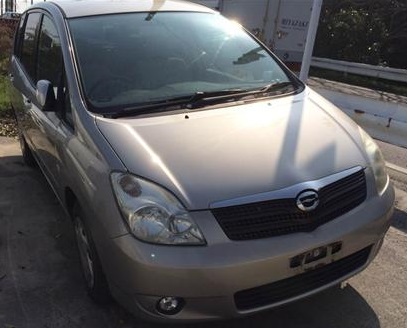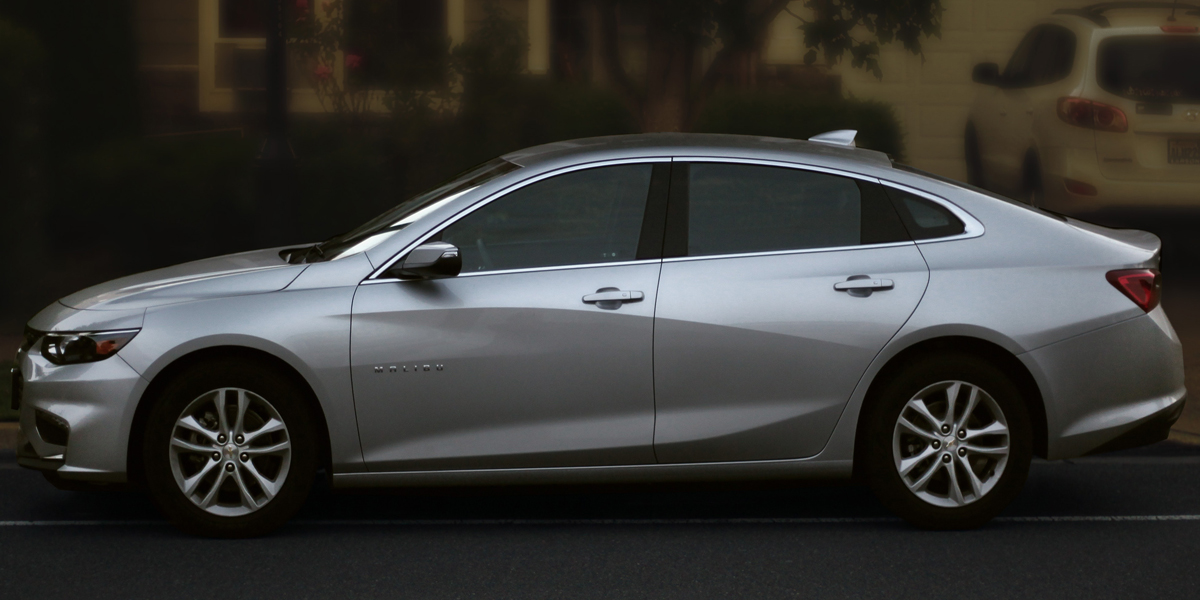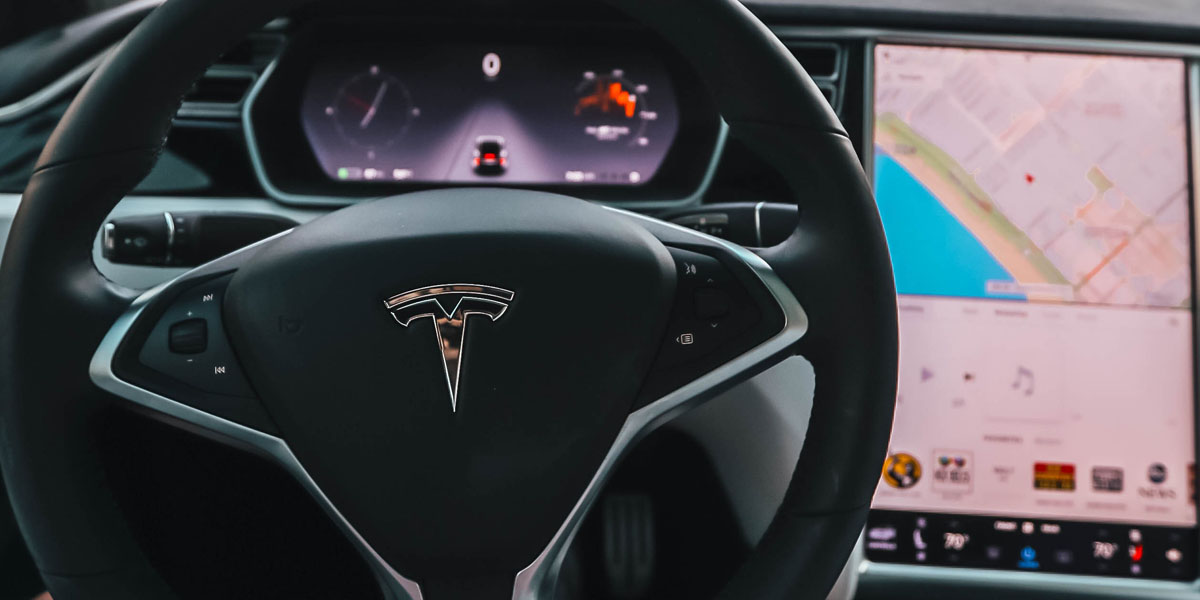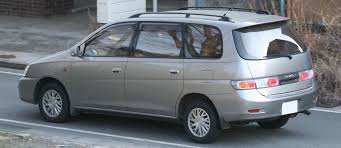The Toyota Succeed was launched into the market on August 2002, it is a small wagon type of car which has 5 doors , it was designed for casual and commercial uses. the Toyota Succeed was manufactured with the aim to facilitate such buyers who are seeking wagons for transferring goods to shorter distances, within a town or city. It is also ideal vehicle for large families as it can accommodate 5-6 persons at a time easily.
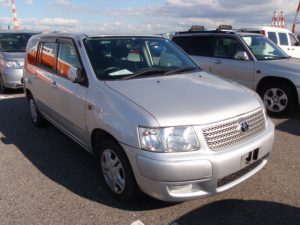
Toyota Succeed is the most economical and extensively used product by Toyota in Japan, the other name for Toyota Succeed is Toyota Probox. the later model of Toyota Succeed is Toyota Succeed 2006 which is provided with slight changes and modifications. The Toyota Succeed 2006 model is 1500 cc mini-wagon available in shiny and nimble bright colors.
The additional features that makes it superior to other Japanese used mini-wagons are :
- Air Conditioned
- Power Steering
- Cassette Player
- AM/FM Radio
- Rear Spoiler
- Central locking
- Air Bags
The mini-wagon type car is designed to carry goods and provide services, it can carry a lot of luggage, it can be utilized for providing pick and drop services and last but not the least it is ideal vehicle for family hangouts, camping and travel by road , it provides maximum level of comfort even travelling to longer distances.
Toyota Succeed 2006 Vs Toyota Raum 2007
The Toyota Raum is older than Toyota Succeed, it was introduced in1997, it is a five seater MPV van. The upgraded and modified model was introduced in May, 2003. The latest model is Toyota Raum 2007 and it is available in Japan only. The design and look of Toyota Raum 2007 matches Peugeot 1007 , Toyota Raum 2007 has two front doors which open in traditional way while the two back doors are slide open rearward.
The similarity between Toyota Succeed 2006 and Toyota Raum 2007 is , both are mini-wagon type cars, manufactured in order to meet an average buyer’s requirement in least possible budget.
